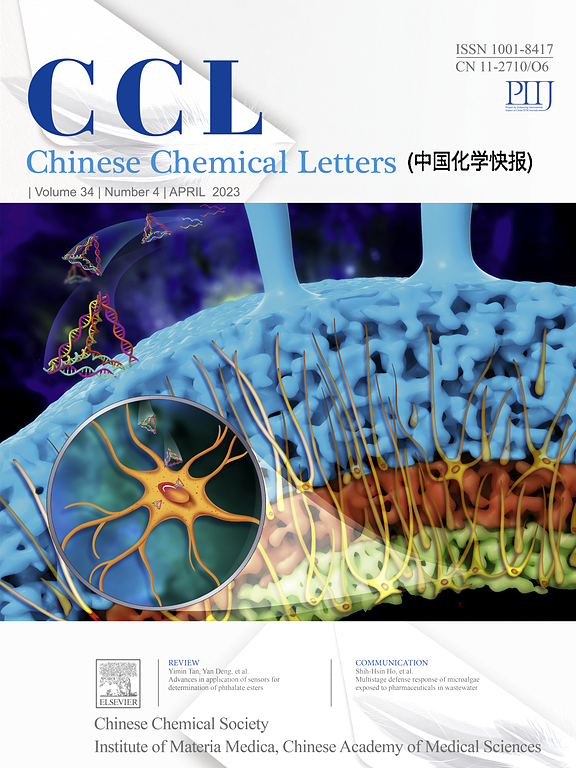Constant-potential simulation of electrocatalytic N2 reduction over atomic metal-N-graphene catalysts
IF 9.4
1区 化学
Q1 CHEMISTRY, MULTIDISCIPLINARY
引用次数: 0
Abstract
Charge-neutral method (CNM) is extensively used in investigating the performance of catalysts and the mechanism of N2 electrochemical reduction (NRR). However, disparities remain between the predicted potentials required for NRR by the CNM methods and those observed experimentally, as the CNM method neglects the charge effect from the electrode potential. To address this issue, we employed the constant electrode potential (CEP) method to screen atomic transition metal-N-graphene (M1/N-graphene) as NRR electrocatalysts and systematically investigated the underlying catalytic mechanism. Among eight types of M1/N-graphene (M1 = Mo, W, Fe, Re, Ni, Co, V, Cr), W1/N-graphene emerges as the most promising NRR electrocatalyst with a limiting potential as low as −0.13 V. Additionally, the W1/N-graphene system consistently maintains a positive charge during the reaction due to its Fermi level being higher than that of the electrode. These results better match with the actual circumstances compared to those calculated by conventional CNM method. Thus, our work not only develops a promising electrocatalyst for NRR but also deepens the understanding of the intrinsic electrocatalytic mechanism.

求助全文
约1分钟内获得全文
求助全文
来源期刊

Chinese Chemical Letters
化学-化学综合
CiteScore
14.10
自引率
15.40%
发文量
8969
审稿时长
1.6 months
期刊介绍:
Chinese Chemical Letters (CCL) (ISSN 1001-8417) was founded in July 1990. The journal publishes preliminary accounts in the whole field of chemistry, including inorganic chemistry, organic chemistry, analytical chemistry, physical chemistry, polymer chemistry, applied chemistry, etc.Chinese Chemical Letters does not accept articles previously published or scheduled to be published. To verify originality, your article may be checked by the originality detection service CrossCheck.
 求助内容:
求助内容: 应助结果提醒方式:
应助结果提醒方式:


